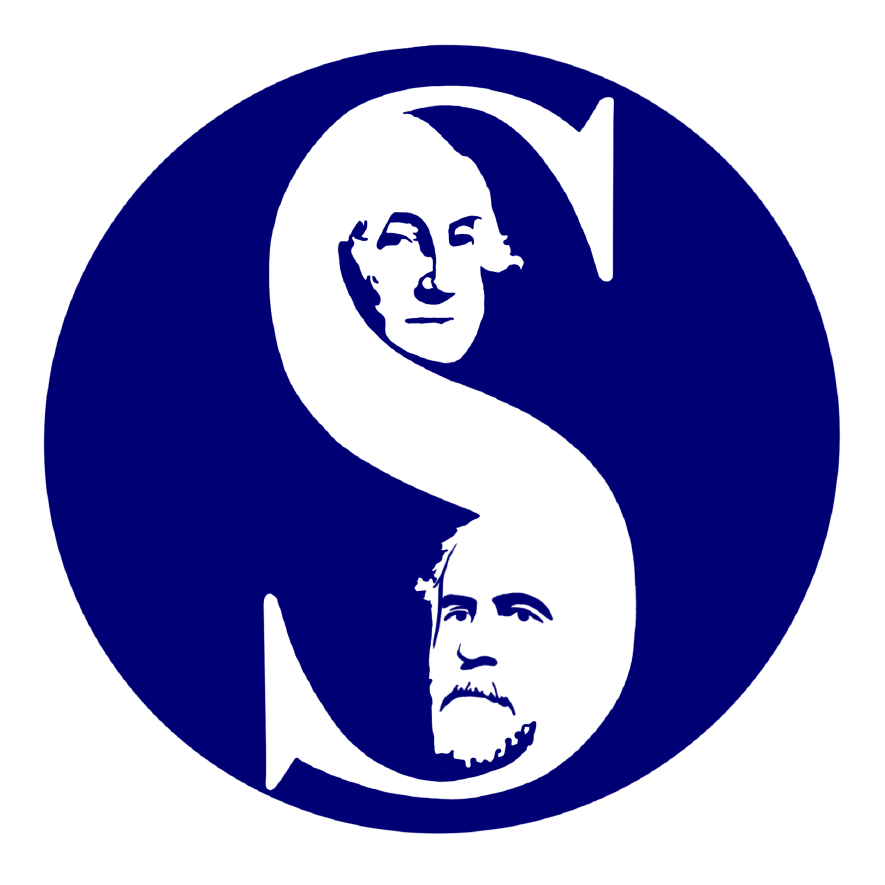W&L Employees Overwhelmingly Fund Liberal Causes
By Hayden Daniel ‘19
Though it may come not come as a surprise to learn that the majority of the faculty and staff at Washington and Lee hold left-of-center political sympathies, the actual ratio of liberal to conservative political support is shocking. The FEC (Federal Election Commission) maintains a public-domain database that reports donations of $200 or more to political organizations and campaigns over two-year cycles. Of the 1,201 donations made by W&L faculty and staff over the most recent electoral cycle, which encompassed the calendar years of 2017 and 2018, a grand total of four were made to conservative organizations.
Indeed, only 0.3% of all donations made by W&L employees over the past two calendar years were made to conservative causes. This liberal-to-conservative donation ratio dwarfs those of liberal bastions like Harvard (95.5% liberal to 4.1% conservative), Yale (98.6% to 1.0%), Columbia (97.3% to 2.3%), and Cornell (90.9% to 8.5%). W&L, which used to be regarded as somewhat of a conservative bulwark in modern academia, puts each of these modern incubators of radical progressiveness to shame in this regard.
However, one might argue that the number of donations made does not matter; the total amount donated matters. After all, all of the donations to liberal causes might have been small while the ones to conservatives might have totaled thousands of dollars. The total amount donated by W&L employees during the 2017-2018 cycle amounted to $18,826.88. Of that $18,826.88, only $140 was donated to conservative organizations. That is .74% of the total amount donated. For every dollar staff members donated to conservative organizations, $134.48 were donated to liberal ones.
The donation habits of W&L employees reveal an interesting phenomenon that is becoming more and more common in the realm of campaign finance. A large percentage of the 1,201 donations made during the 2017-2018 election cycle were less than $1. Commonly, dozens of these donations, some as tiny as $0.09 each, were made by the same person on the same day. Therefore, someone could donate $50 to a liberal PAC over the course of a year using dozens or even hundreds of micro-donations. The FEC records each of these micro-donations as separate donations. Therefore, when we attempt to calculate the average donation amount, our answer will come out artificially small. If we divide the $18,686.88 donated to liberal causes by the 1,197 individual donations to liberal causes recorded by the FEC, then our average donation will total $15.61. If we halve the number of individual donations to 600, which is extremely generous given the sheer number of micro-donations in this past cycle, our new average donation grows to $31.14. The tactic of micro-donations helps to make politicians and PACs look like their activities are funded by lots of small donations instead of by a few large donors.
An increasingly popular refrain from politicians on both the right and the left is that their campaigns are funded by grassroots efforts instead of by large corporations and wealthy businesspeople. With the current political toxicity of large donors, such as the Koch brothers and George Soros, politicians believe that they can gain a few more points in the polls by branding their campaign as one that is opposed to big donors and one that is funded by donations from ordinary people, implying that the candidate puts the concerns of ordinary people before the ambitions of special interests. During the 2016 election, Bernie Sanders proclaimed that the average donation to his campaign totaled less than $20, framing himself as the vox populi opposite Hillary Clinton’s big donor-funded political machine. Trump and Clinton promptly jumped on the bandwagon to compete over who was less beholden to large donors and who had the most funding from average Americans. PACs such as ActBlue and Swing Left, the two most popular organizations among W&L faculty to donate money, also have an incentive to advertise themselves as grassroots organizations. Using the tactic described above, they can hide very large, singular donations with a myriad of tiny donations and still claim to be grassroots organizations.
The employees of Washington and Lee are entitled to their political opinion and are free to donate to whichever political party or organization they wish. I am not calling for them to stop donating to ActBlue, Swing Left, or their favorite Democratic candidate. Nor am I saying that it is necessarily a bad thing that they are politically engaged enough to donate to people and causes that they are passionate about. However, whenever W&L attempts to portray itself as an institution that prides itself on intellectual and ideological diversity, we will know from now on that claim to be just as preposterous as when Fox News claims to be fair and balanced.

